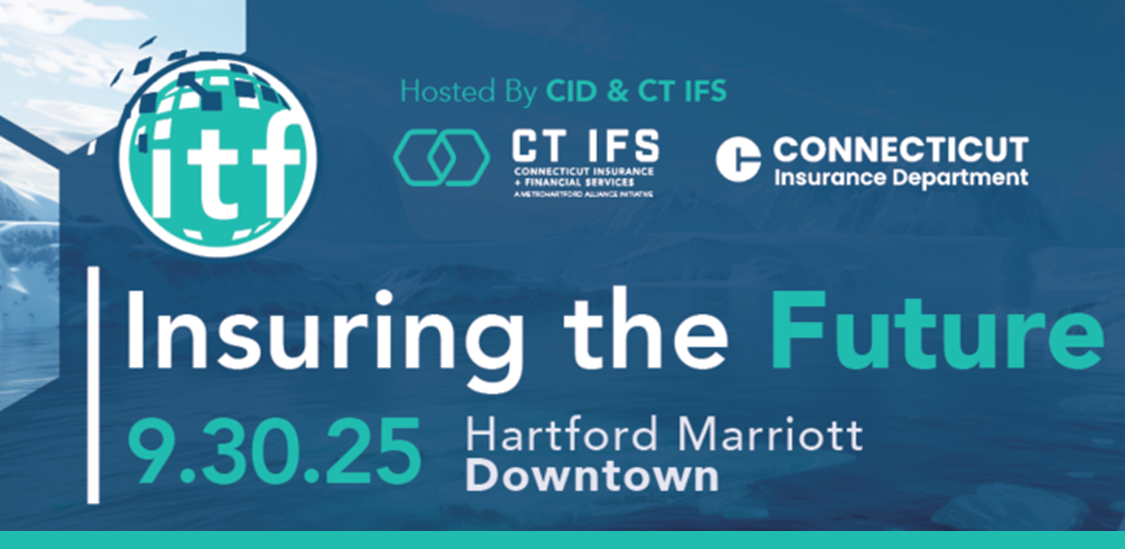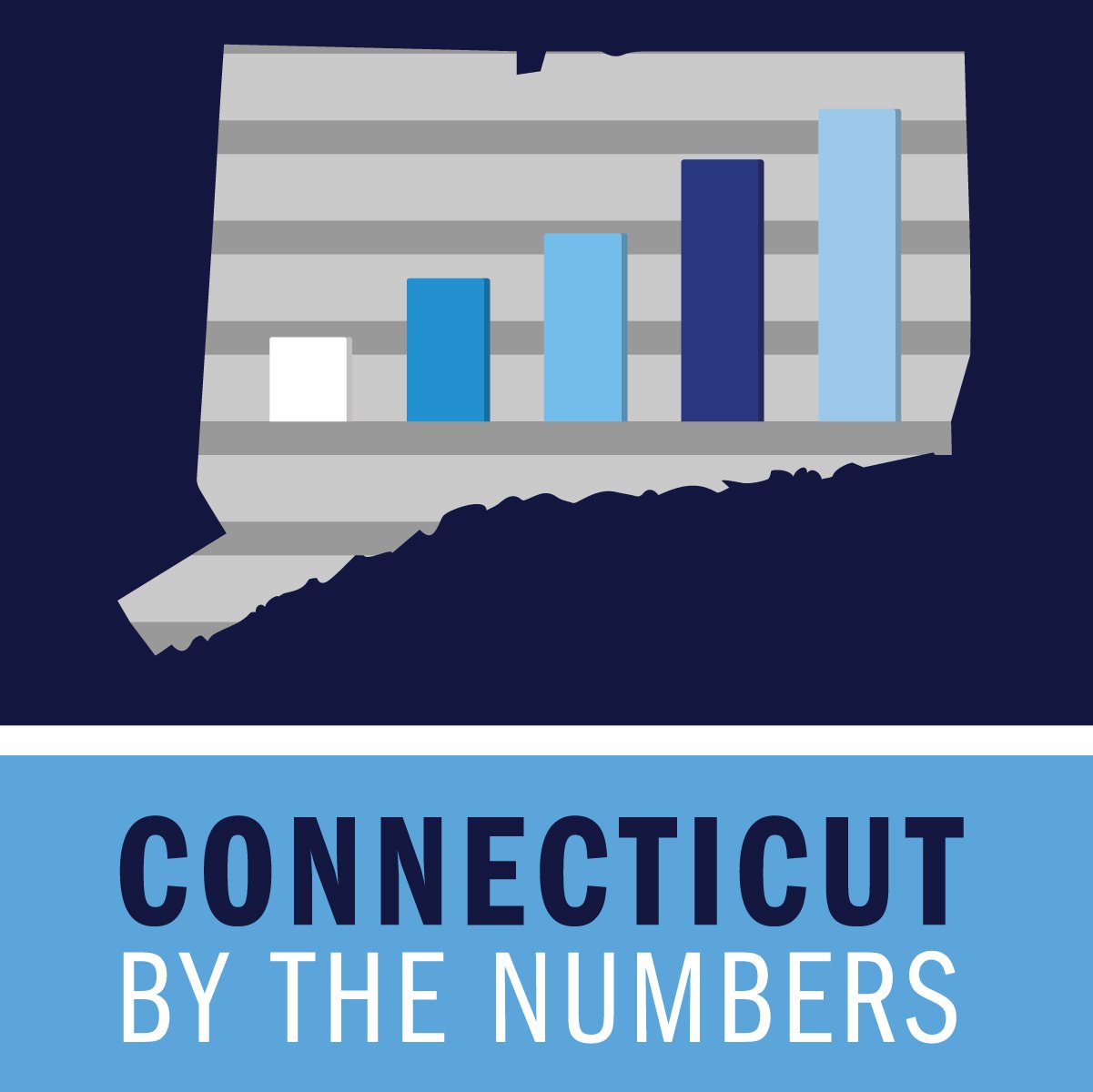Four Stores in CT Warned by FDA for Selling e-Cigarettes to Minors as Popularity, Concern Grows
/The U.S. Food and Drug Administration has sent out warning letters to 40 retailers in 17 states – including four in Connecticut - as part of a “concerted effort to ensure youth are not able to access” e-cigarettes – specifically responding to what officials describe as the “surging youth uptake” of JUUL products.
According to the federal agency, those receiving the warnings in recent weeks included four Connecticut retailers: Discount Tobacco and Vape in Vernon, Mobil Mart in Waterbury, Shell/Henny Penny in Lisbon, and Smoker’s Outlet in West Hartford. The retailers were warned about selling the increasingly popular – but hazardous – products to minors.
The FDA explained that warning letters are sent to retailers the first time a tobacco compliance check inspection reveals a violation of the federal tobacco laws and regulations that FDA enforces. During undercover buy inspections by agency representatives, “the retailer is unaware an inspection is taking place” and the minor and inspector “will not identify themselves.”
Published reports nationwide indicate that vaping is increasing rapidly in popularity with young people, especially with the most popular brand, JUUL. Its devices are tiny, and look like a pen or flash drive. When someone vapes, there is no fire, ash or smoky odor — instead, the devices heat up and vaporize a liquid or solid. School bathrooms, where cigarette smoking was done in “secret” a generation ago, are now often referred to as “juul rooms” according to numerous reports – the nicotine fix of choice of the current generation. A recent New York Times article prominently featured a description of the magnitude of the problem in a suburban Connecticut high school.
“The FDA has been conducting a large-scale, undercover nationwide blitz to crack down on the sale of e-cigarettes – specifically JUUL products – to minors at both brick-and-mortar and online retailers,” said FDA Commissioner Scott Gottlieb, M.D.
Gottlieb highlighted the danger – and the attraction – of the products to youth.
 “We understand, by all accounts, many of them may be using products that closely resemble a USB flash drive, have high levels of nicotine and emissions that are hard to see. These characteristics may facilitate youth use, by making the products more attractive to children and teens. These products are also more difficult for parents and teachers to recognize or detect. Several of these products fall under the JUUL brand, but other brands, such as myblu and KandyPens, that have similar characteristics are emerging.”
“We understand, by all accounts, many of them may be using products that closely resemble a USB flash drive, have high levels of nicotine and emissions that are hard to see. These characteristics may facilitate youth use, by making the products more attractive to children and teens. These products are also more difficult for parents and teachers to recognize or detect. Several of these products fall under the JUUL brand, but other brands, such as myblu and KandyPens, that have similar characteristics are emerging.”
Businesses receiving the warning letters are directed to provide, within 15 days, “an explanation of the steps you will take to correct the violation(s) and prevent future violations (for example, retrain your employees, remove the problematic items, etc.),” the agency website points out. In addition to federal restrictions, purchase/possession of an electronic nicotine delivery system or vapor product by persons under age 18 is prohibited in Connecticut.
The FDA also sent an official request for information directly to JUUL Labs, requiring the company to submit important documents to better understand the reportedly high rates of youth use and the particular youth appeal of these products.
Said Gottlieb: “We don’t yet fully understand why these products are so popular among youth. But it’s imperative that we figure it out, and fast. These documents may help us get there.” The agency plans what it calls a “full-scale e-cigarette prevention effort” in the fall.
In addition, the FDA also recently contacted eBay to raise concerns over several listings for JUUL products on its website. eBay took what the agency described as “swift action to remove the listings and voluntarily implement new measures to prevent new listings” from being posted to the website.





 nanostructures, or Netflix. They did, however, have a vision that the academy would be dedicated to new knowledge—and these new members help us achieve that goal.”
nanostructures, or Netflix. They did, however, have a vision that the academy would be dedicated to new knowledge—and these new members help us achieve that goal.” Also being inducted in this year's class are John J. Collins of the Yale Divinity School and Gerald I. Shulman and Haifan Lin of the Yale School of Medicine.
Also being inducted in this year's class are John J. Collins of the Yale Divinity School and Gerald I. Shulman and Haifan Lin of the Yale School of Medicine.
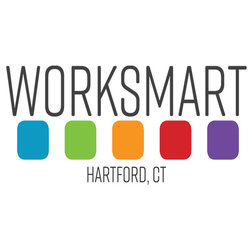
 The Summit will feature nearly a dozen sessions and speakers, many from local businesses, highlighting best practices and latest developments in a range of technology arenas.
The Summit will feature nearly a dozen sessions and speakers, many from local businesses, highlighting best practices and latest developments in a range of technology arenas.
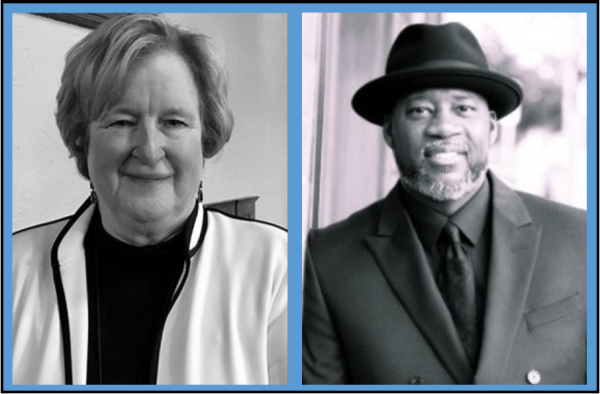 Fran Rabinowitz has been a dedicated and respected Connecticut educational leader for over 30 years. Prior to her appointment at CAPSS, she served as Associate Commissioner of Education for the State of Connecticut, Superintendent of Hamden Public Schools, and Interim Superintendent of Bridgeport Public Schools.
Fran Rabinowitz has been a dedicated and respected Connecticut educational leader for over 30 years. Prior to her appointment at CAPSS, she served as Associate Commissioner of Education for the State of Connecticut, Superintendent of Hamden Public Schools, and Interim Superintendent of Bridgeport Public Schools.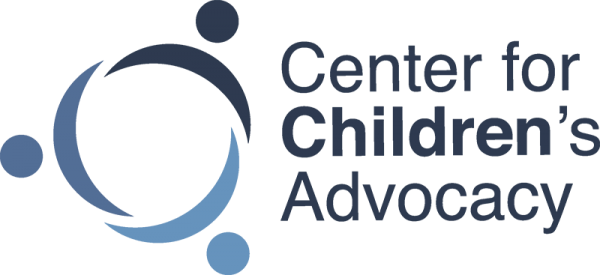


 untapped talent pool, inform women of the opportunities for well-paid, rewarding work, and allow them to network with some of the region’s visionary business leaders.”
untapped talent pool, inform women of the opportunities for well-paid, rewarding work, and allow them to network with some of the region’s visionary business leaders.”



 Women working full-time, year-round have the highest earnings in the District of Columbia, where women’s median annual earnings are $65,000. Connecticut, Maryland, Massachusetts, and New Jersey are tied for second, with women in those states earning $50,000 at the median.
Women working full-time, year-round have the highest earnings in the District of Columbia, where women’s median annual earnings are $65,000. Connecticut, Maryland, Massachusetts, and New Jersey are tied for second, with women in those states earning $50,000 at the median.
 More than 250 attendees will include consultants, coaches, funders, academics, and executives from across the country. The conference intends to “convene the diverse perspectives that shape and advance our field.”
More than 250 attendees will include consultants, coaches, funders, academics, and executives from across the country. The conference intends to “convene the diverse perspectives that shape and advance our field.”
 The
The 
























